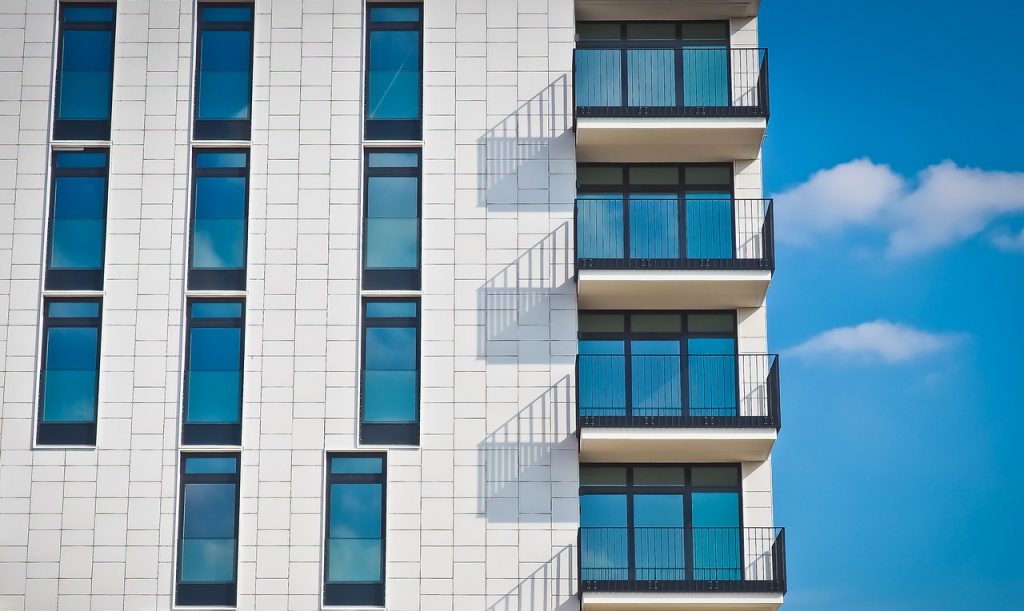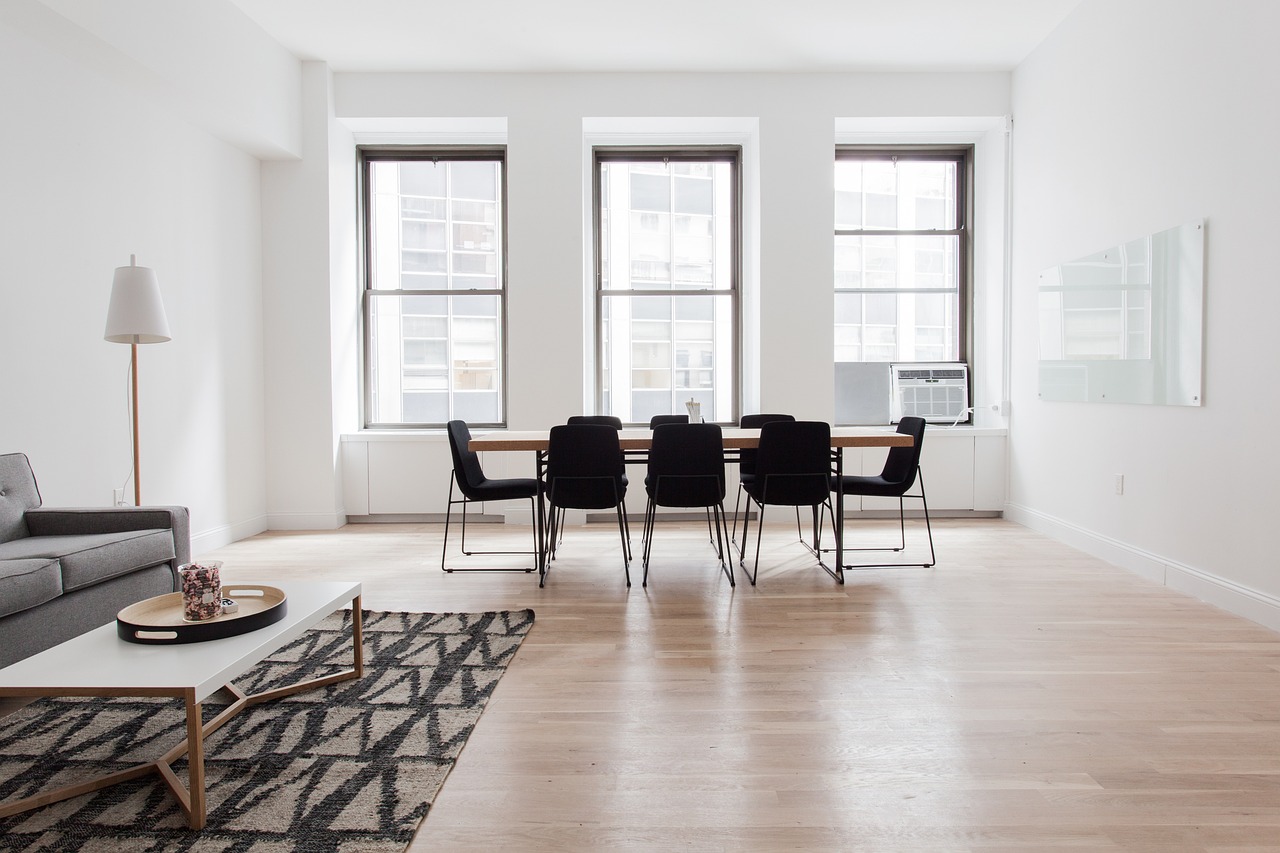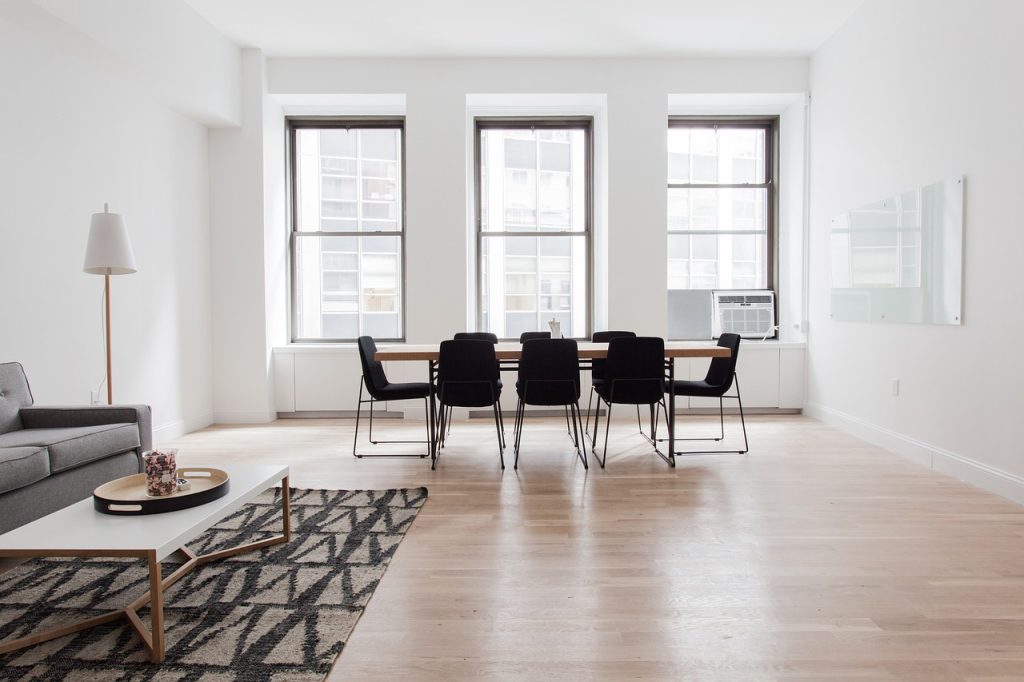In the modern world, where urbanization and technology often dominate our lives, a growing trend is emerging that seeks to reintroduce the tranquility and vitality of nature into our interior spaces. This design approach, known as biophilic design, offers a unique way to bridge the gap between the built environment and the natural world. By integrating elements of nature into interior spaces, biophilic design not only enhances the aesthetics of a room but also promotes well-being, creativity, and a sense of connection with the environment.
Understanding Biophilic Design
Biophilic design is a philosophy that recognizes our innate human affinity for nature and strives to integrate natural elements and patterns into the design of interior spaces. This approach goes beyond adding a few potted plants; it aims to create an immersive and harmonious environment that simulates the restorative qualities of nature. By incorporating features such as natural light, vegetation, water, and natural materials, biophilic design aims to enhance the overall quality of life within indoor settings.
Principles of Biophilic Design
Several guiding principles form the foundation of biophilic design:
- Natural Light and Airflow: Maximizing the use of natural light and optimizing airflow not only reduces energy consumption but also mimics the outdoor environment, creating a more comfortable and inviting space.
- Biomorphic Forms and Patterns: Incorporating organic shapes and patterns found in nature can help create a sense of familiarity and comfort within the interior environment.
- Connection to Nature: Biophilic design aims to establish a strong connection with nature. This can be achieved through the use of natural materials, colors, textures, and even images of natural landscapes.
- Greenery and Plant Life: Integrating plants and greenery into interior spaces not only adds aesthetic appeal but also improves air quality and contributes to a calming atmosphere.
- Water Features: The inclusion of water elements, such as indoor waterfalls or fountains, introduces soothing sounds and visual interest, reminiscent of natural water bodies.
- Multisensory Experience: Engaging multiple senses—sight, touch, sound, and smell—through the use of natural materials, textures, and scents enhances the overall sensory experience of the space.
Benefits of Biophilic Design
The incorporation of biophilic design principles offers a range of benefits for occupants:
- Enhanced Well-being: Exposure to nature and natural elements has been shown to reduce stress levels, lower blood pressure, and enhance overall mental well-being.
- Increased Productivity: Biophilic design can boost productivity and creativity by providing a refreshing and stimulating environment that encourages innovative thinking.
- Improved Air Quality: The presence of indoor plants contributes to better indoor air quality by naturally filtering pollutants and releasing oxygen.
- Stress Reduction: Natural elements like greenery and water features have a calming effect, helping to reduce stress and anxiety.
- Connection to Nature: For individuals who spend a significant amount of time indoors, biophilic design offers a way to maintain a connection with nature, even in urban environments.
Incorporating Biophilic Design into Your Interior
Incorporating biophilic design doesn’t require a complete overhaul of your space; it can be achieved through thoughtful and strategic design choices:
- Natural Elements: Start by incorporating natural elements such as plants, stones, and wood into your interior design.
- Lighting: Maximize natural light by choosing light-filtering window treatments and arranging furniture to allow light to penetrate deeper into the space.
- Color Palette: Opt for a color palette inspired by nature, including earthy tones, shades of green, and calming blues.
- Textures and Patterns: Use natural textures and patterns in furnishings, rugs, and decor to evoke a sense of the outdoors.
- Indoor Plants: Introduce a variety of indoor plants suited to your space’s lighting conditions and maintenance requirements.
- Water Features: If feasible, incorporate a small water feature or an aquarium to introduce the calming influence of water.
- Sensory Engagement: Engage multiple senses by adding elements like scented candles, textured fabrics, and natural materials.
Conclusion
Biophilic design represents a harmonious marriage of interior design and nature, offering a holistic approach to creating captivating and soothing indoor environments. By incorporating principles inspired by nature, such as light, greenery, and natural materials, biophilic design enriches our living and working spaces, fostering not only visual delight but also emotional well-being. Whether you’re revamping your home or designing a commercial space, embracing biophilic design principles can lead to a more harmonious and invigorating interior that resonates with the human spirit’s deep connection to the natural world.

บริษัทรับตกแต่งภายใน รับเหมาก่อสร้าง ช่างฝีมือดี ทีมงานคุณภาพ รับเหมาตกแต่งภายใน ออฟฟิศ สำนักงาน โรงงาน ตามแบบไลฟ์สไตล์คุณ
หรือจะเป็นงานสเกลขนาดเล็กก็รับทำ ไม่ว่าจะเป็นการเดินสายไฟ วางท่อประปา ซ่อมแอร์ ล้างแอร์ เคลื่อนย้ายสิ่งของ
สามารถติดต่อเข้ามาเพื่อประเมินราคาหรือสอบถามเพิ่มเติมก่อนได้

Website: https://www.tdc-interior.com/
Tel: 02-260-3698
E-mail: interior@tdc-thai.com

Image by Hands off my tags! Michael Gaida from Pixabay

